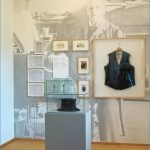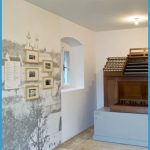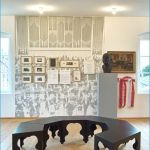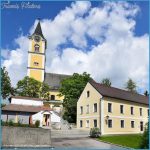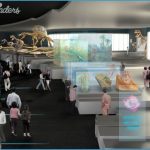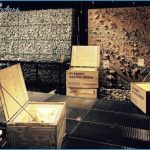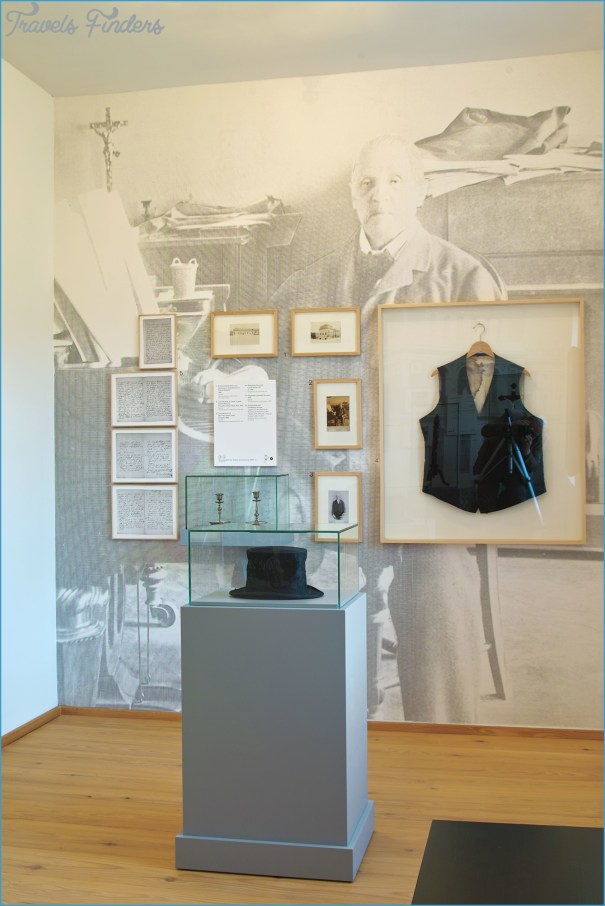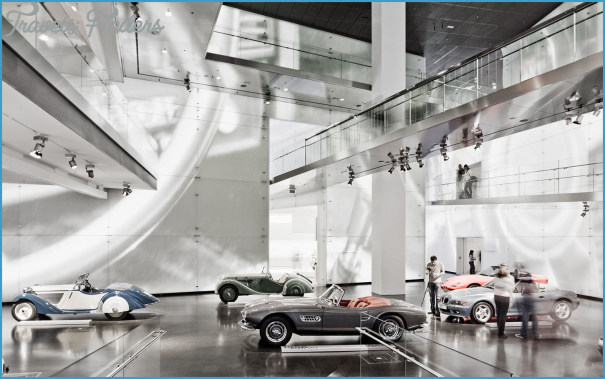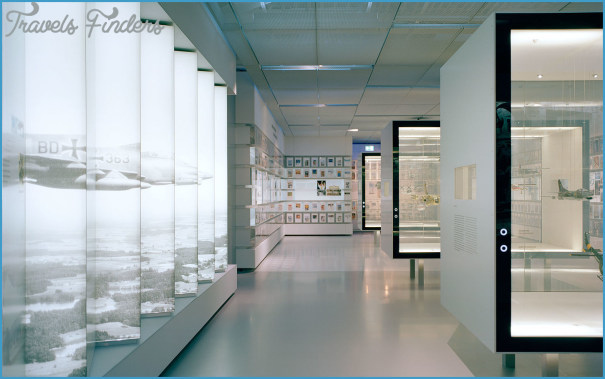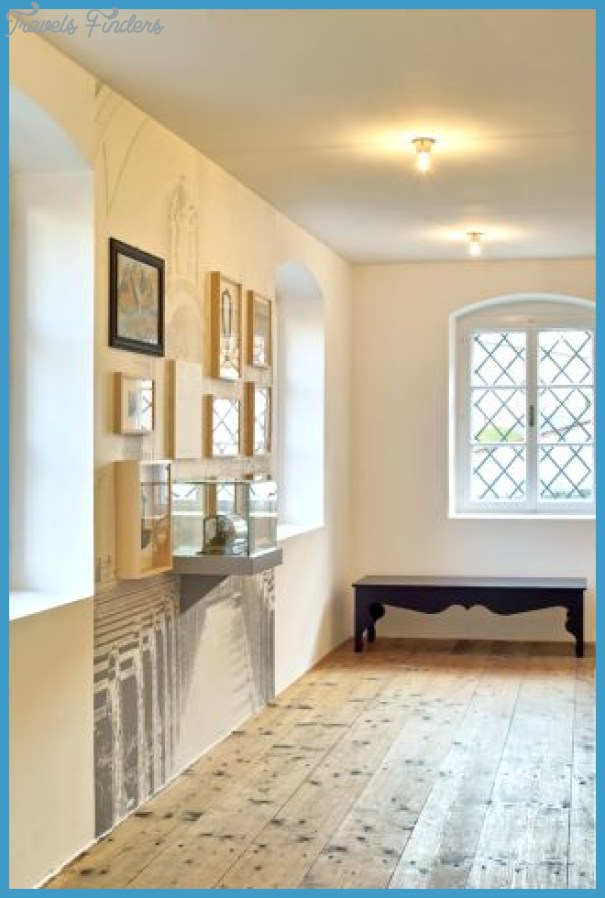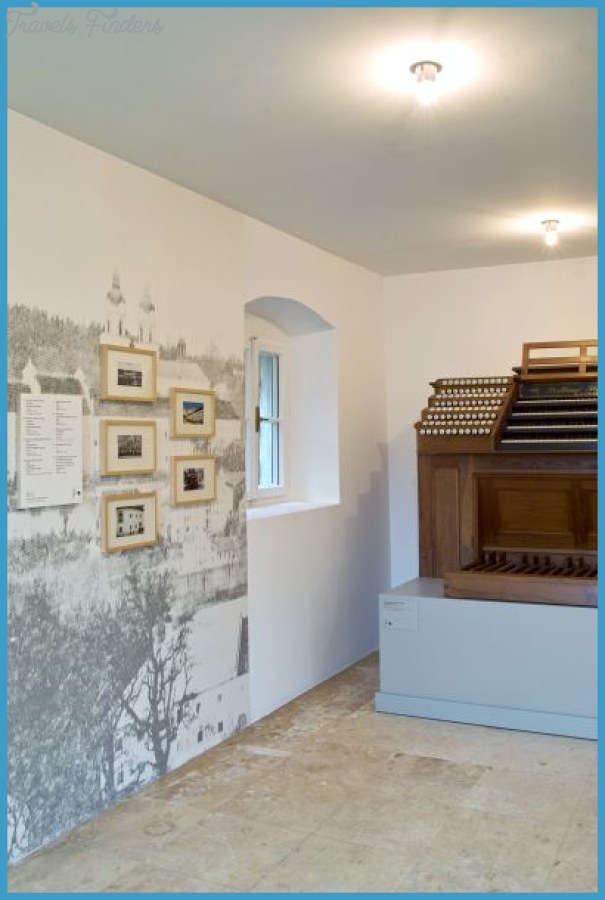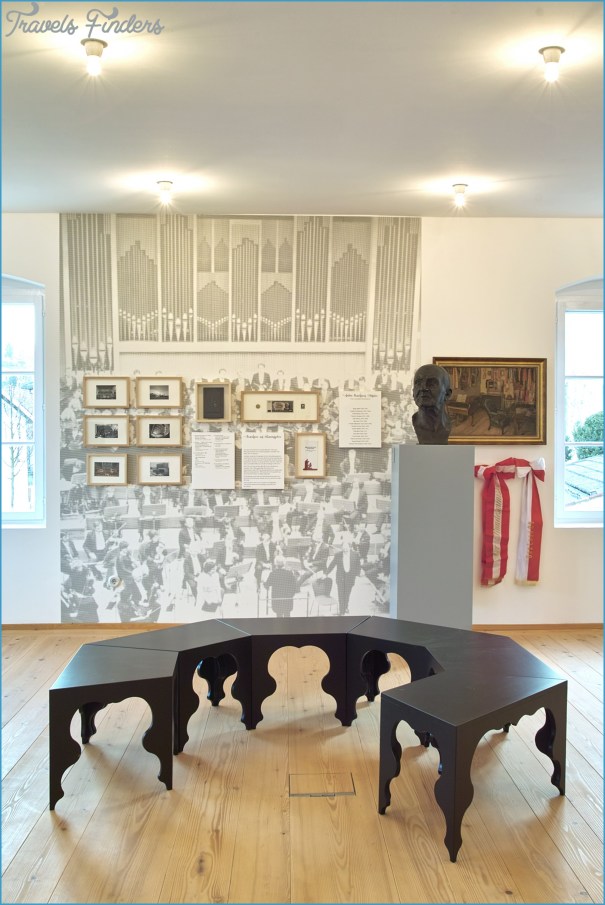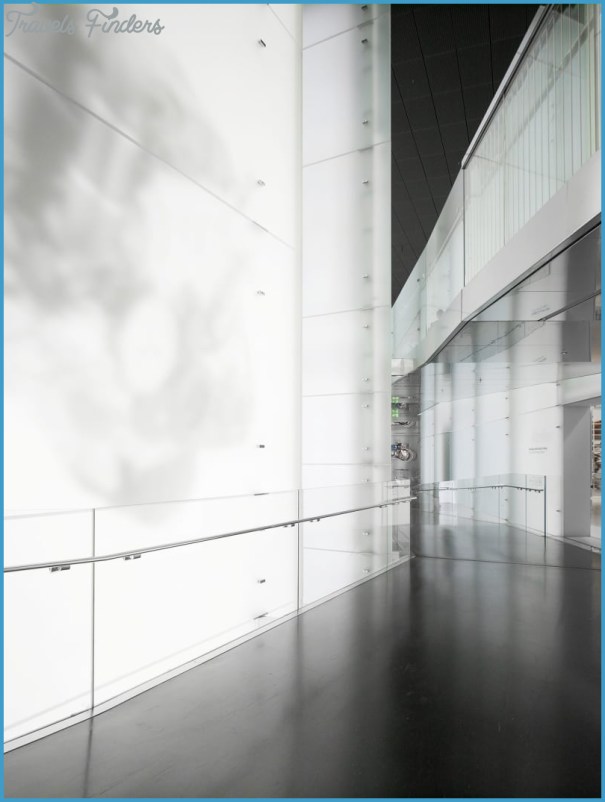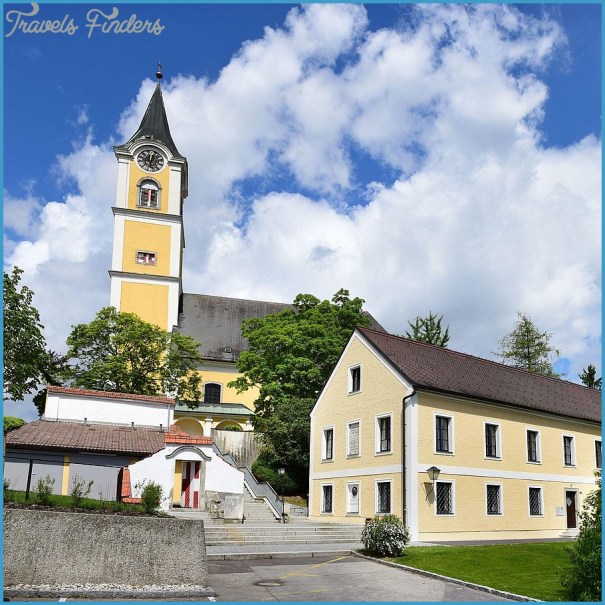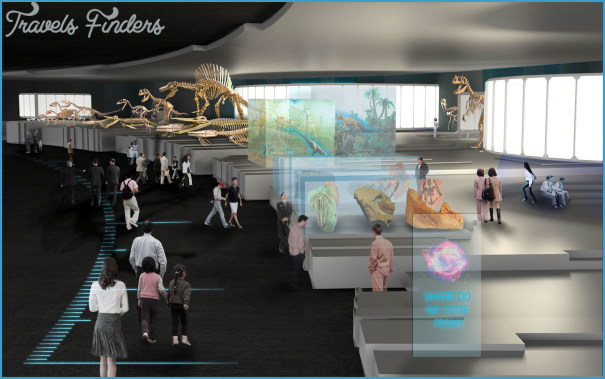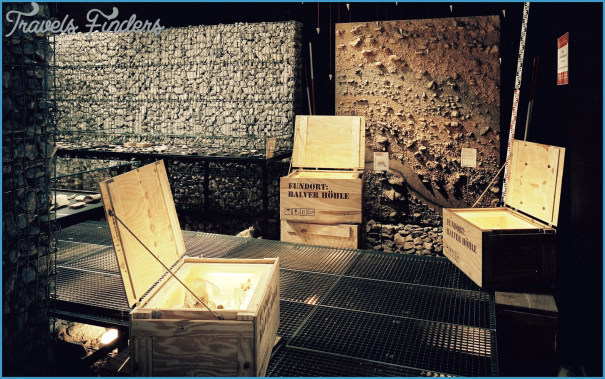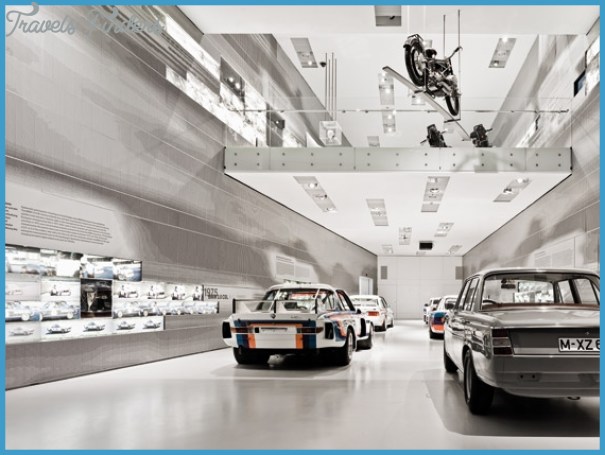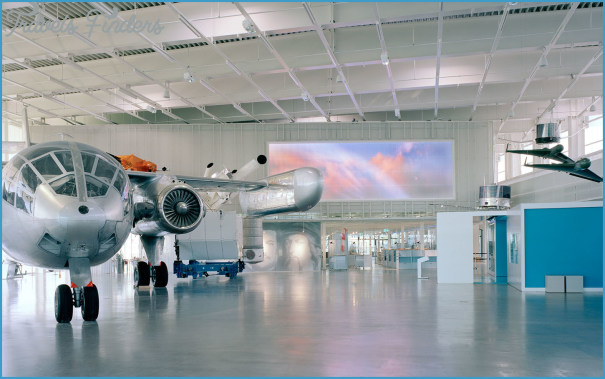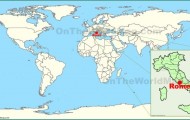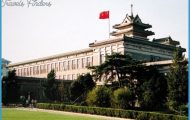In Bruckner’s time and for several centuries before, the monastery of St Florian, near Linz in Upper Austria, huge, grand and powerful, dominated the region. It also dominated Bruckner’s life and his psyche, and it still possesses him today.
Anton Bruckner was born on 4 September 1824, eight kilometres away, in what was even then the quaintly provincial Upper Austrian village of Ansfelden, the eldest son of the village.
BRUCKNER MUSEUM Photo Gallery
The Red House at Aldeburgh schoolmaster and church organist. As a child he lived in the 17th-century school-house, nestled on a hillock just below the parish church, where, from the age of ten, he deputized at the organ.
The Ansfelden schoolhouse became a Bruckner museum in 1971. The birth room and the schoolroom itself are commemorated on the ground floor; a further room vividly illustrates Bruckner’s life in a picture collage – the years in and around Linz, at Ansfelden, Horsching, St Florian and in Vienna, as well as his travels to London, Paris, Switzerland and within Austria. At the top of the stairs Bruckner’s death mask is displayed behind a wrought iron gate. On the first floor there are two exhibition rooms, one primarily dedicated to his ecclesiastical connections and a second, larger one with a quite dramatic display of facsimiles, accompanied by brief recorded excerpts.
On the death of his father in 1837, the 13-year-old Anton was sent to St Florian, where he was taken in as a chorister; when his voice broke he continued to play a part in musical activities as a violinist and deputy organist. St Florian remains a working Augustinian monastery, with an important choir school. The present complex
Bruckner’s birthplace at Ansfelden of buildings, a splendid example of Austrian Baroque architecture, includes a vast and beautifully kept library, a characteristically elaborate chapel and a seemingly endless succession of imperial rooms, of which the last two open on the public tour are now devoted to the commemoration of Bruckner: in the first, his deathbed is displayed, along with photographs of his last days and wreaths from his funeral service, while the second contains furniture from the schoolhouse in Ansfelden. Concerts are given in the imposing Baroque marble hall and there are daily organ recitals in the chapel. Bruckner decided to follow in his father’s footsteps; he was trained as a schoolteacher in Linz and had spells of teaching in small villages. He was briefly at Windhaag bei Freistadt, some 60 km to the north, close to the Czech border. Then in 1843 he moved to Kronstorf, about 12 km south-west of St Florian, as assistant schoolmaster. As such, he had a room on the upper floor of the schoolhouse, in front of the church. A plaque was put up in 1913 to mark the house in which he lived, and on his centenary in 1924 it was decided that the rooms associated with him should be dedicated to his memory. That was not possible until 1974. The Kleinmuseum, or Bruckner-Zimmer, was opened in its present form in 1989. It is clear that the little terrace of houses has been somewhat reorganized since Bruckner’s day, for the space in no.4 Brucknerplatz – it is tucked back off the road, behind the Marktgemeindamt, close to the church – consists of little beyond a corridor and a staircase, and upstairs a landing. The walls bear a modest display about Bruckner’s Kronstorf years, with information about the works he wrote there, the school and other musicians linked with the village. The prize item is the schoolmaster’s violin, in a display case upstairs, by Joseph Pauli of Linz, on which Bruckner is likely to have played when in Kronstorf.
In 1845 he returned to St Florian, first to instruct the choirboys, before he obtained his first music post three years later, as a ‘provisional organist’. A performance in 1847 of Mendelssohn’s St Paul at Linz was the catalyst for his gradual move towards composition, signalled by performances at St Florian of his Requiem Mass and his Magnificat and Missa solemnis in B flat minor. Bruckner might not recognize the heavily restored instrument known now as the chapel’s ‘Bruckner-Orgel’; the keyboards and pedals of the four-manual instrument that he did know are now on display at his birthplace.
Bruckner left St Florian in 1856 to take up the post of cathedral organist at Linz; the organ Bruckner played is still in use. Although he was granted the freedom of the city on his 70th birthday and his name graces the main concert hall in Linz, there is no Bruckner museum there. But on the strength of his eight visits between 1869 and 1892 to the small town of Vocklabruck, 60 km to the south-west, where his married sister Rosalie lived, the local history museum there devotes a room to him, displaying his black hat, an oil portrait of his biographer and resident of Vocklabruck, Max Auer, a letter of 1883 from Bruckner and photographs of the plaque erected in 1884 in his honour, near the clock tower in the town square.
Bruckner finally settled in Vienna in 1868, when he was appointed to succeed his teacher, Simon Sechter, at the Konservatorium der Gesellschaft der Musikfreunde. In spite of the many great symphonies he wrote in Vienna, he lived largely in the shadow of Brahms and in fear of the anti-Wagnerians. He is not among the many musicians currently commemorated in a Viennese museum. But he is not entirely neglected in the city. Memorial plaques grace the house at Wahringer StraSe 41, where he lived on the second floor between 1868 and 1876, when he composed symphonies nos.2-5, and the building at HeSgasse 7 where, between 1877 and 1895, he lived gratis in a fourth-floor flat thanks to the generosity of an admirer, Dr Anton Ozelt-Newin. He died on 11 October 1896 in an imperial grace-and-favour apartment in the Belvedere where he had lived during his last year; the memorial plaque can be seen at Prinz-Eugen-StraSe 27. Since 1899 a bust, with the muse of music in attendance, has adorned the central Stadtpark, and there is another, dating from 1912, at Vienna University.
Bruckner bequeathed his music manuscripts to the Hofbibliothek, but at his request he was not buried at the Zentralfriedhof among the musical giants of Vienna: instead, after his funeral at the Karlskirche, his coffin was taken to St Florian and installed in the crypt of the Stiftkirche, beneath the Bruckner-Orgel and surrounded by an elaborate, faintly macabre arrangement of the skulls and bones from some of the earliest burials on the site.

